Regulatory Compliance
Regulatory compliance is a crucial driver in the Textile Dyes Market, as governments worldwide implement stricter regulations regarding chemical usage and environmental impact. Compliance with these regulations is essential for manufacturers to avoid penalties and maintain market access. The introduction of regulations such as REACH in Europe and similar initiatives in other regions is pushing companies to adopt safer and more sustainable dyeing practices. This shift not only ensures compliance but also aligns with consumer expectations for safer products. As a result, the market is witnessing a gradual transition towards dyes that meet these regulatory standards, which may lead to increased costs in the short term but could foster long-term sustainability and brand loyalty.
Sustainability Initiatives
The increasing emphasis on sustainability within the Textile Dyes Market is driving demand for eco-friendly dyes. Consumers and manufacturers alike are becoming more aware of the environmental impact of traditional dyeing processes. As a result, there is a notable shift towards natural and biodegradable dyes, which are perceived as less harmful to the environment. This trend is supported by regulatory frameworks that encourage sustainable practices, leading to innovations in dye formulations. The market for sustainable textile dyes is projected to grow significantly, with estimates suggesting a compound annual growth rate of over 8% in the coming years. Companies that adopt sustainable practices not only enhance their brand image but also meet the growing consumer demand for environmentally responsible products.
Technological Advancements
Technological advancements are playing a pivotal role in shaping the Textile Dyes Market. Innovations in dyeing technologies, such as digital printing and advanced dyeing machinery, are enhancing efficiency and reducing waste. These technologies allow for more precise color application and faster production times, which are crucial in meeting the demands of fast fashion. Furthermore, the integration of artificial intelligence and automation in dyeing processes is expected to streamline operations and improve quality control. The market is witnessing a shift towards smart textiles, which require specialized dyes that can respond to environmental stimuli. This evolution in technology not only boosts productivity but also opens new avenues for product development, potentially increasing market share for companies that invest in these advancements.
Customization and Performance
Customization and performance are increasingly becoming focal points in the Textile Dyes Market. As consumer preferences shift towards personalized products, manufacturers are compelled to offer a wider range of color options and dyeing techniques. This trend is particularly evident in the fashion and home textiles sectors, where unique designs and colors can significantly influence purchasing decisions. Additionally, the performance characteristics of dyes, such as colorfastness and resistance to fading, are critical factors that consumers consider. The demand for high-performance dyes is expected to rise, with market analysts projecting a growth rate of approximately 6% annually. Companies that can provide tailored solutions and superior performance are likely to gain a competitive edge in this evolving market landscape.
Rising Demand for Technical Textiles
The rising demand for technical textiles is significantly influencing the Textile Dyes Market. Technical textiles, which are used in various applications such as automotive, healthcare, and construction, require specialized dyes that meet specific performance criteria. This segment is experiencing robust growth, driven by advancements in technology and increasing applications across diverse industries. The need for durable, high-performance dyes that can withstand extreme conditions is becoming more pronounced. Market analysts predict that the technical textiles segment will grow at a compound annual growth rate of around 7% over the next few years. Companies that can innovate and provide dyes tailored for technical applications are likely to capitalize on this burgeoning market opportunity.
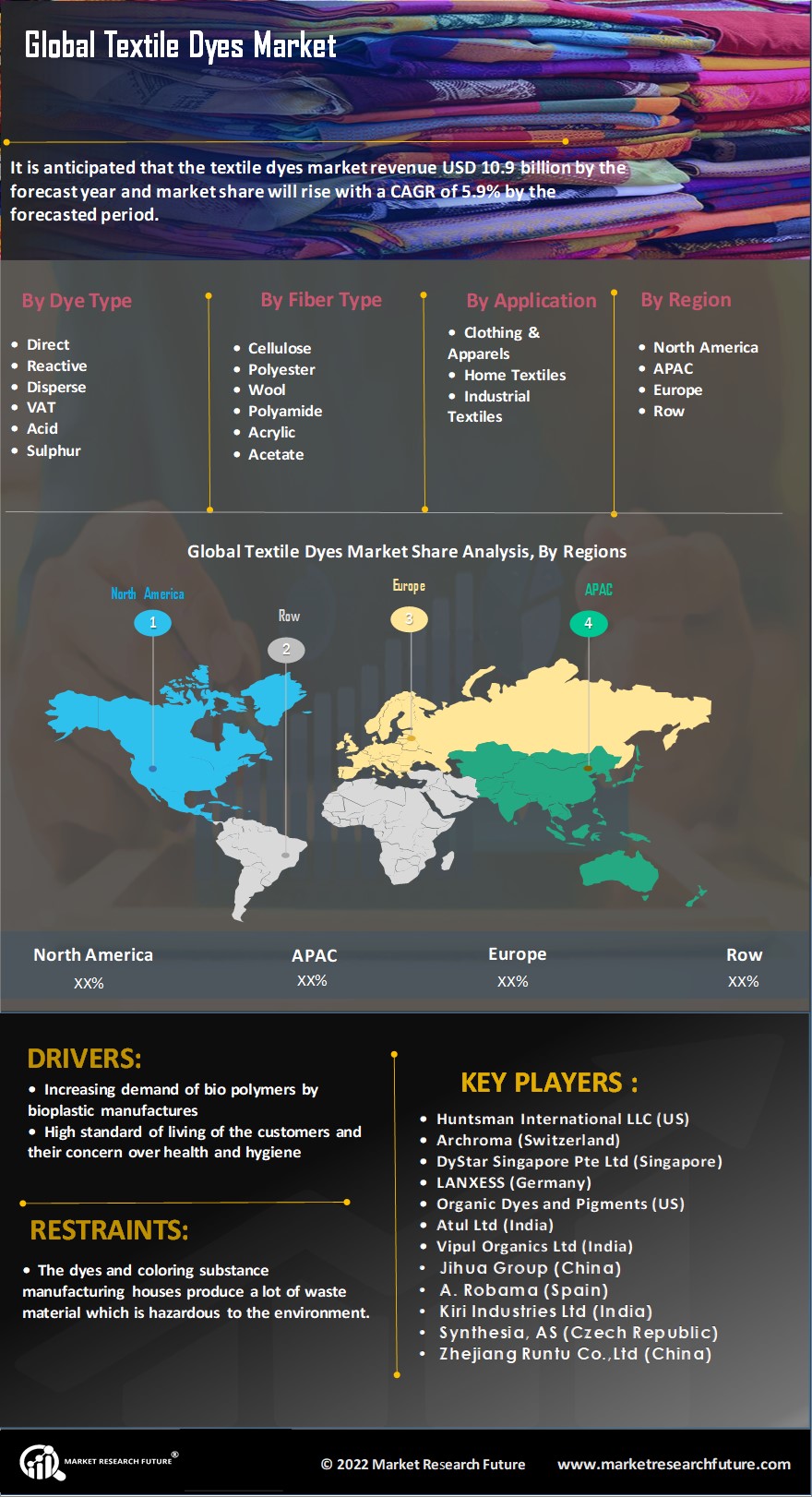

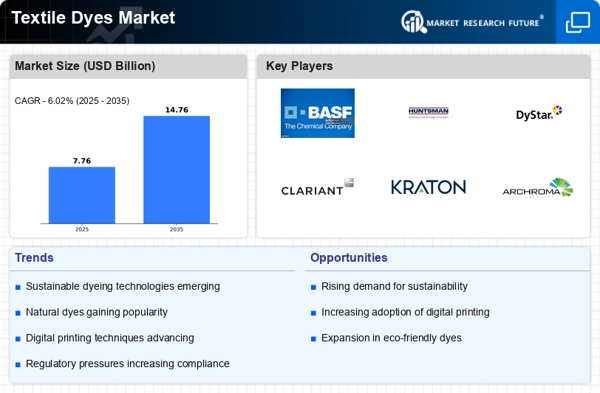
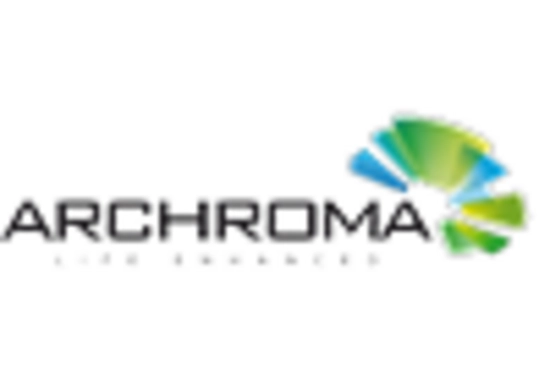

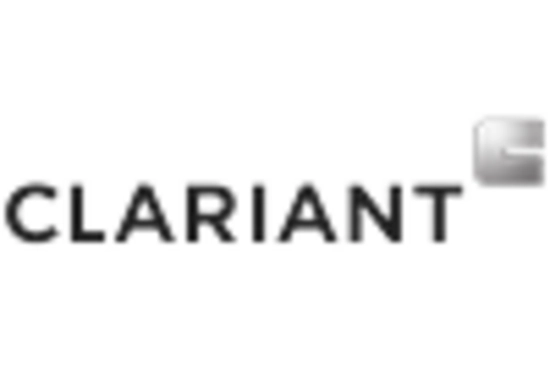
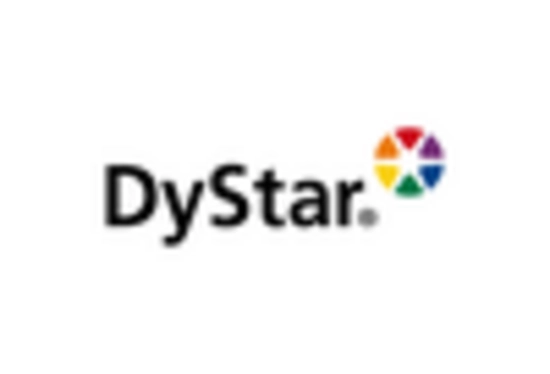










Leave a Comment